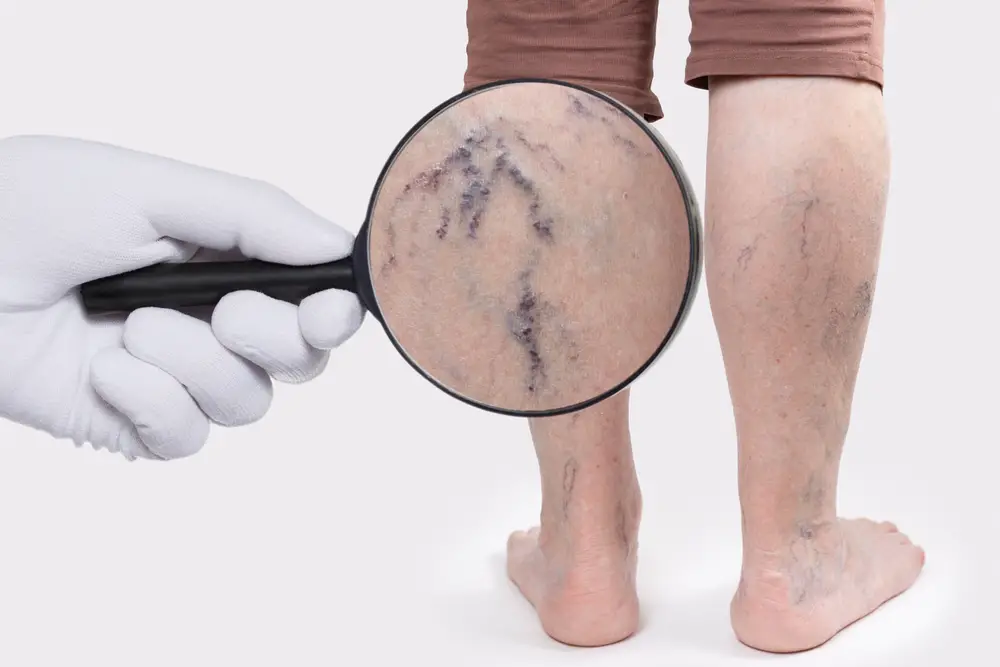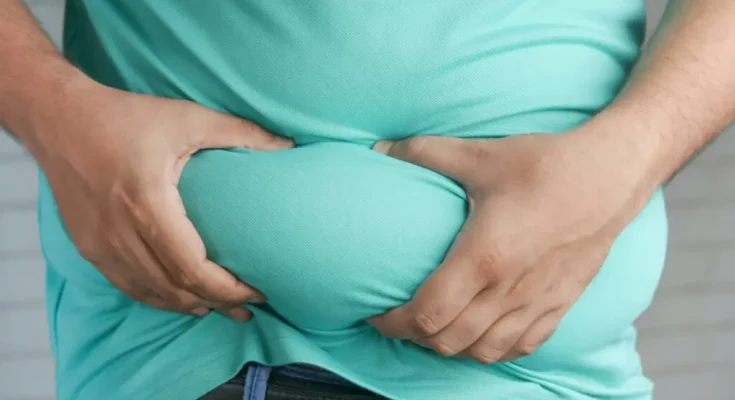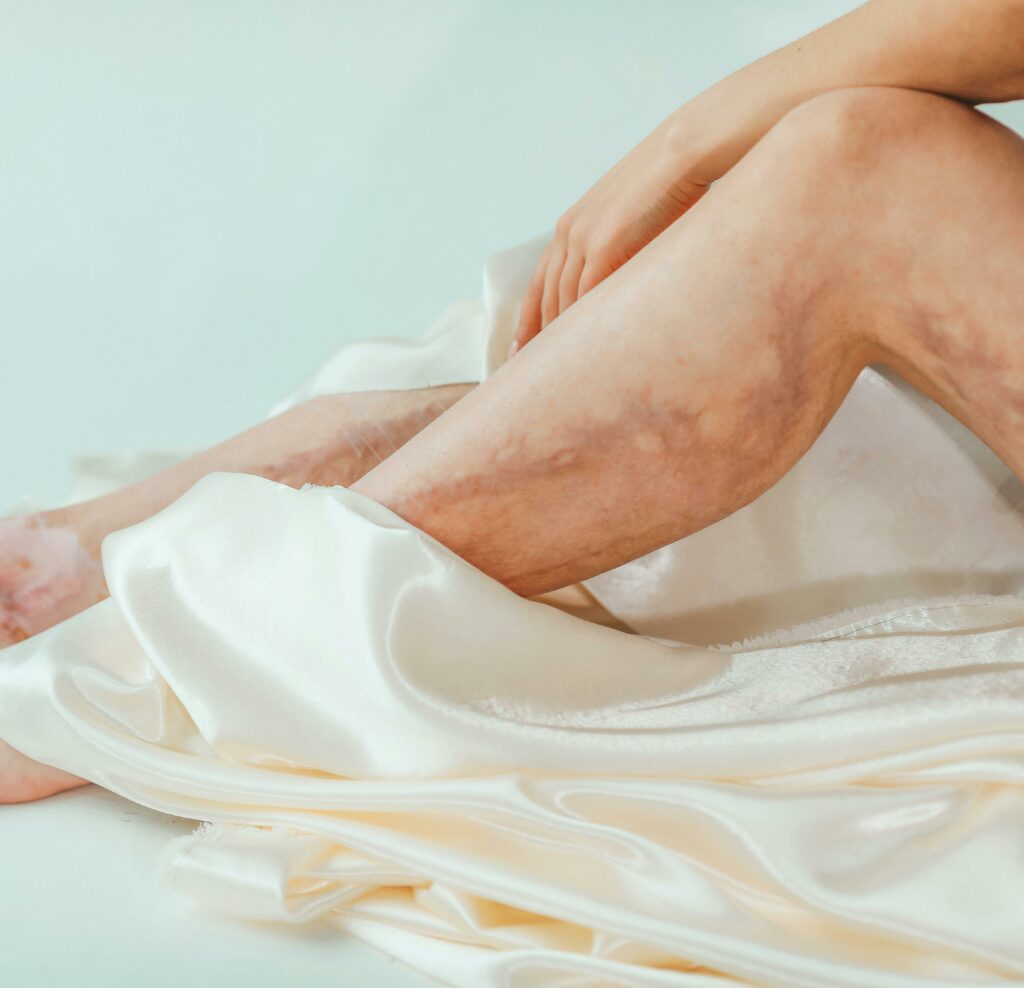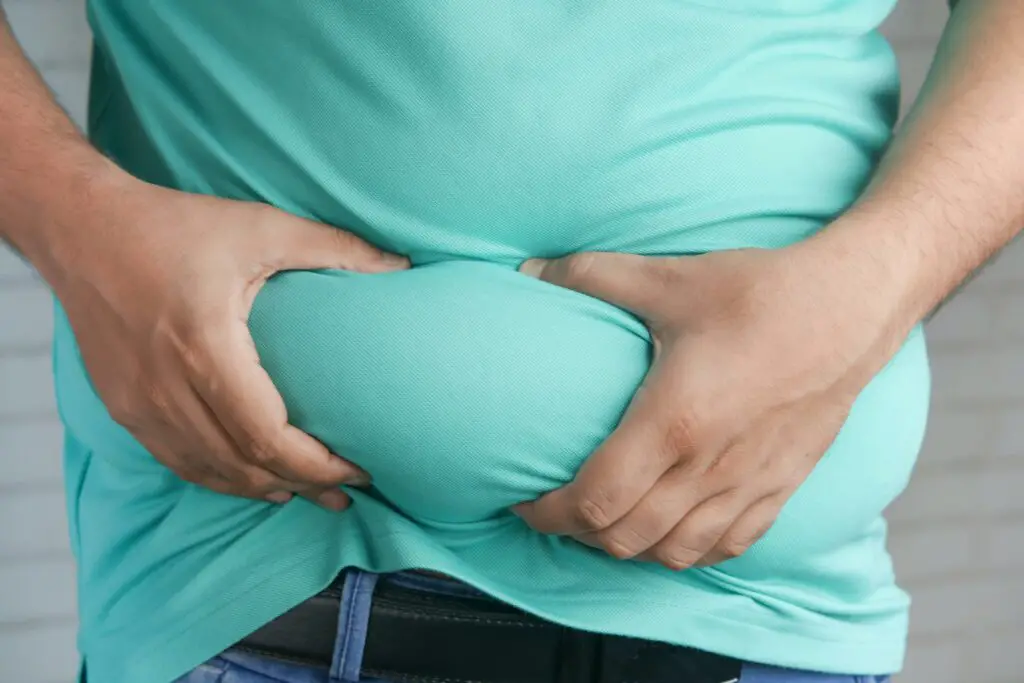Some of the reasons are excessive exercising, aging, exposure to sun, tight clothing, hot temperatures, genetics, or being overweight.
If your bulged veins are accompanied by discoloration, you should consult a healthcare provider.
Bulging veins usually appear when blood accumulates in weakened or damaged veins instead of circulating properly to the heart.
They may represent what is known as varicose veins — widened veins that look swollen and twisted under the skin that bulge out and feel lumpy. Varicose veins are most common on the legs, although they can also appear on other parts of the body, including the arms.
If your doctor diagnoses you with varicose veins, you may be offered treatment.

According to Cleveland Clinic, common causes that lead to this condition are hormonal changes (especially during pregnancy), obesity, long periods of standing or sitting, smoking, and/or genetics.
Your doctor may advise you to wear compression stockings, elevate your legs by lifting them up several times a day, use injection therapy, and even vein surgery.
One of the most serious complications from untreated varicose veins are venous ulcers. These are open wounds that usually form near the ankles and take time to heal due to poor circulation.
Without timely treatment, venous ulcers may get infected.
Another complication is the possible development of blood clots, which can then lead to superficial thrombophlebitis, deep vein thrombosis, and pulmonary embolism.
Although varicose veins can’t always be prevented, there are ways to help keep your veins as healthy as possible. Cleveland Clinic advises staying active, quit smoking, lose weight, and wear loose clothing, especially around your waist.
Please SHARE this article with your family and friends on Facebook.





